We've all heard about the harmful effects of global warming on the world's plants, animals, and other environmental elements, but there's another, less obvious component that suffers, too: tourism.
Some of the world's most beautiful places are the same ones most threatened by climate change.
Interestingly, the imminent threat of global warming to tourist sites echoes history.
For example, in 2018 scientists from the University of Sydney discovered that climate change was a key factor in the crumbling and demise of Angkor Wat—a tourist site in Cambodia and cradle of the ancient Khmer empire.
In Greenland, similarly, the Ruins of Hvalsey and other tourist attractions are the remnants of Viking societies that scientists believe were likely destroyed by climate change.
So how does climate change lead to these devastating consequences?
It's perhaps easiest to consider in terms of immediate and secondary consequences. Most obviously, as the Earth heats up, glaciers and ice caps melt. This causes immediate and easily identifiable impacts such as land shrinking—we've all seen the photos of the polar bears stranded at sea without food or habitats in which to roam.
But there are other, less obvious consequences, too, most of which have to do with rising sea levels.
As the ice melt-off runs into the ocean, the water rises everywhere, flooding wetlands, eroding coastlines, and over-salinating the soil. Not only that, the freshwater changes the temperature and composition of the water, shaking up marine ecosystems and disrupting how ocean water circulates worldwide. Coral dies off and large swaths of marine life suffer.
Plus, the air temperature rises too because ice is reflective—without it more heat can penetrate the atmosphere. This causes further destruction of land habitat and increased natural disasters such as storms, wildfires and flooding.
It's a complex blend of interwoven factors and one that affects tourist destinations with particular force. Further complicating things, tourism itself contributes to climate change, so in many ways it is a cycle.
The World Tourism Organization, for example, says tourism is directly responsible for responsible for about 5% of the world's carbon dioxide emissions. Ironically, the places many tourists are saddest to see disappearing are victims of that very industry.
To give you an idea of the scope of the issue, Stacker has created a slideshow of the 25 most famous tourist destinations that are impacted by climate change. Each place has been confirmed by a minimum of two authoritative sources to be at risk from climate change-related threats. Take a look so that if any of them are on your bucket list, you can plan a trip before it's too late.
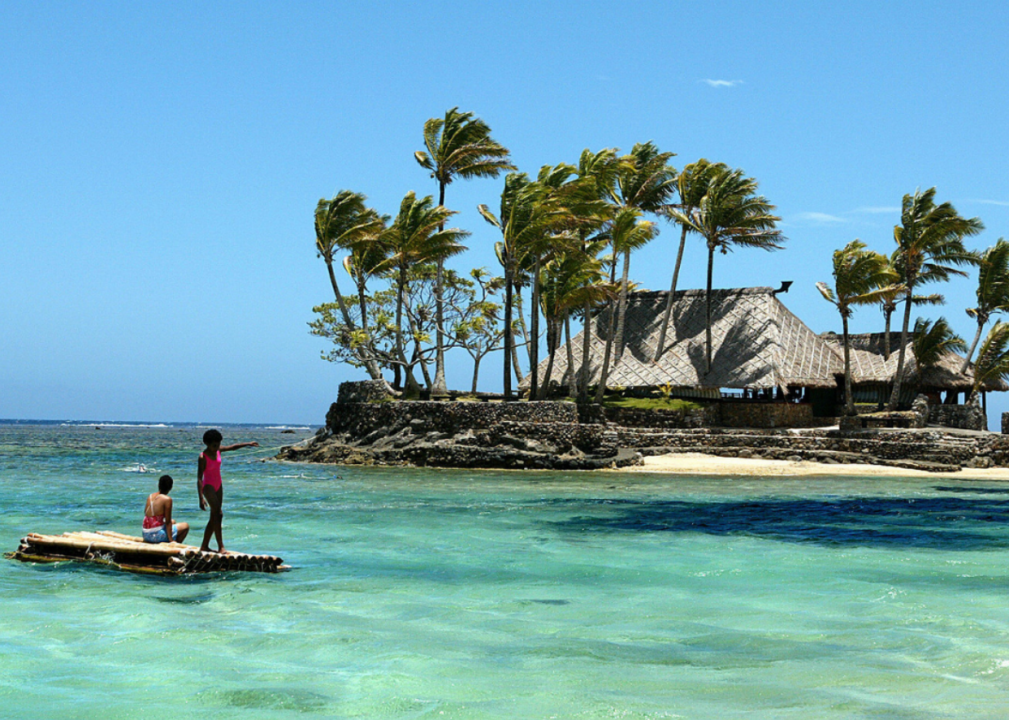
TORSTEN BLACKWOOD/AFP // Getty Images
Fiji
Fiji is a stunning island in the South Pacific that attracts tourists to its pristine waters every year for world-class snorkelling and scuba diving. However, the coastal regions have begun eroding due to rising sea levels caused by climate change.
As the saltwater seeps into the land, it's devastating local farmers and displacing locals. On top of that, increasing tropical cyclones have ravaged the island which many scientists attribute to climate change. “Unless the world acts decisively to begin addressing the greatest challenge of our age, then the Pacific, as we know it, is doomed,” said Prime Minister Frank Bainimarama, who is also the president of the United Nations Climate Change conference (COP23).
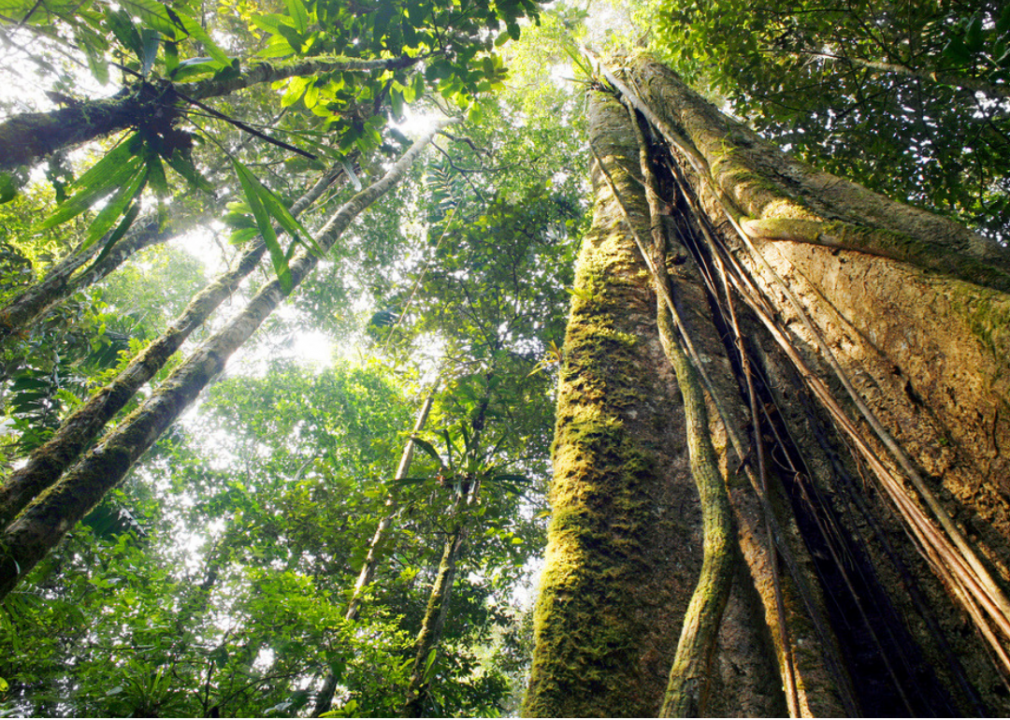
Dr Morley Read // Shutterstock
The Amazon
The Amazon rainforest is a lush tropical jungle encompassing more than 5 million square kilometres in South America. Home to 10% of the world's known species, its biodiversity draws tourists to nine different countries to see it. Yet rising temperatures have threatened those very animals. The World Wildlife Fund (WWF) has warned that half of the wildlife in the Amazon could disappear in the next 50 years.
“Within our children's lifetime, places like the Amazon and Galapagos Islands could become unrecognizable,” said WWF CEO Tanya Steele. Meanwhile, the tree species are shifting composition to adapt to the environment, but can't do it fast enough to keep pace, according to a University of Leeds-led study, which collaborated with 100 scientists from over 30 organizations globally.
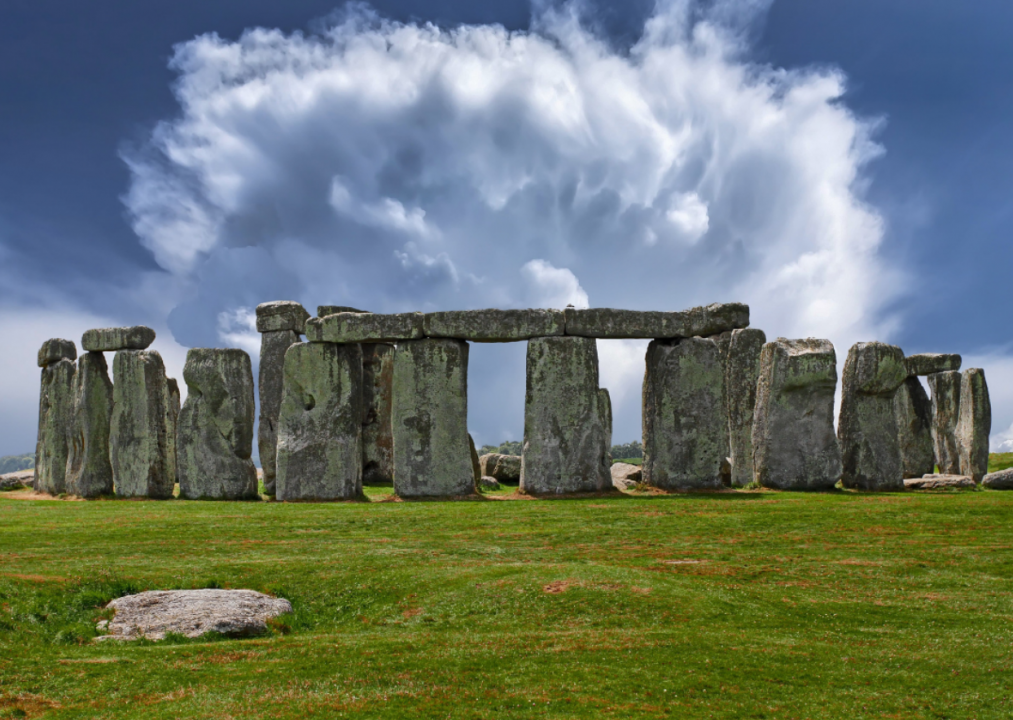
Pixabay // Pexels
Stonehenge
Set atop Salisbury Plain in England, Stonehenge draws roughly 1.5 million visitors to its giant stone circles. Yet UNESCO warned in 2016 that the prehistoric monument is in danger due to rising sea levels, more intense storms, and a deteriorating coastline of which 17% is already eroding throughout the U.K. “Climate change will alter the environmental conditions at these monuments and their associated landscapes,” the report stated.
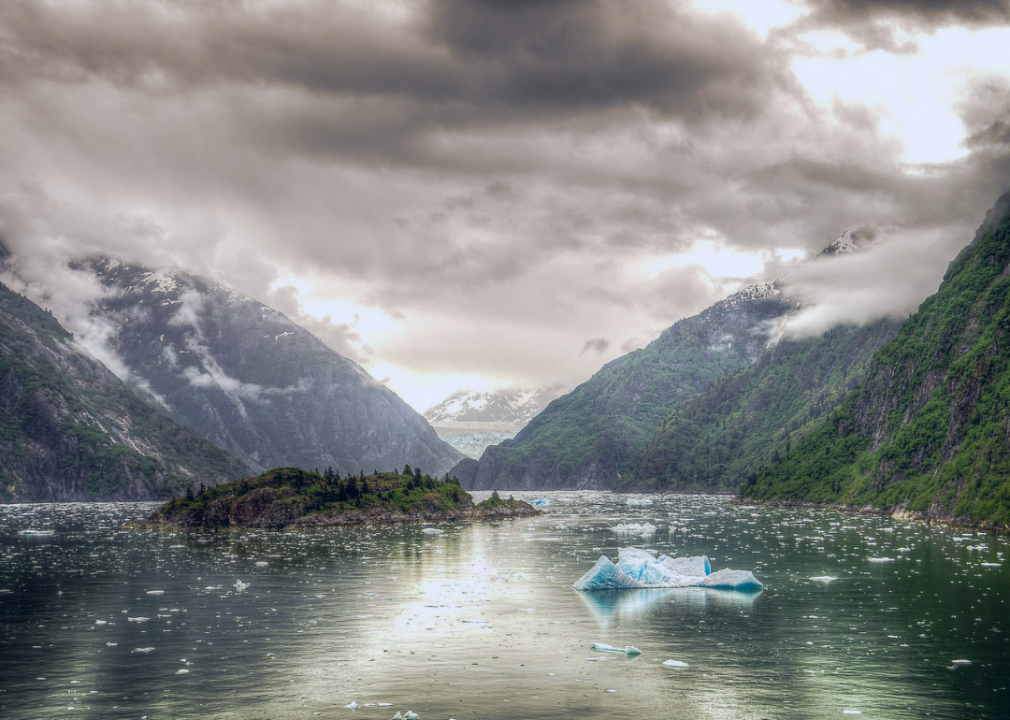
Pixabay
Alaska
Alaska's rugged peaks, rushing rivers, and beautiful terrain make for an awe-inspiring tourist destination filled with bears, fish, moose, bison, and other wildlife.
Between cruise ships and land entries, nearly 2 million people visited the northern state in 2016. However, it is currently among the most vulnerable destinations in the world to climate change, according to the Fourth National Climate Assessment.
Threats include deteriorating coastlines, melting ice caps, crumbling roads, and trees growing in areas that used to be tundra. Not only that, the wildlife are suffering too, some at risk of going extinct. “Alaska is on the front lines of climate change and is among the fastest-warming regions on Earth,” the report stated. “It is warming faster than any other state, and it faces a myriad of issues associated with a changing climate.”
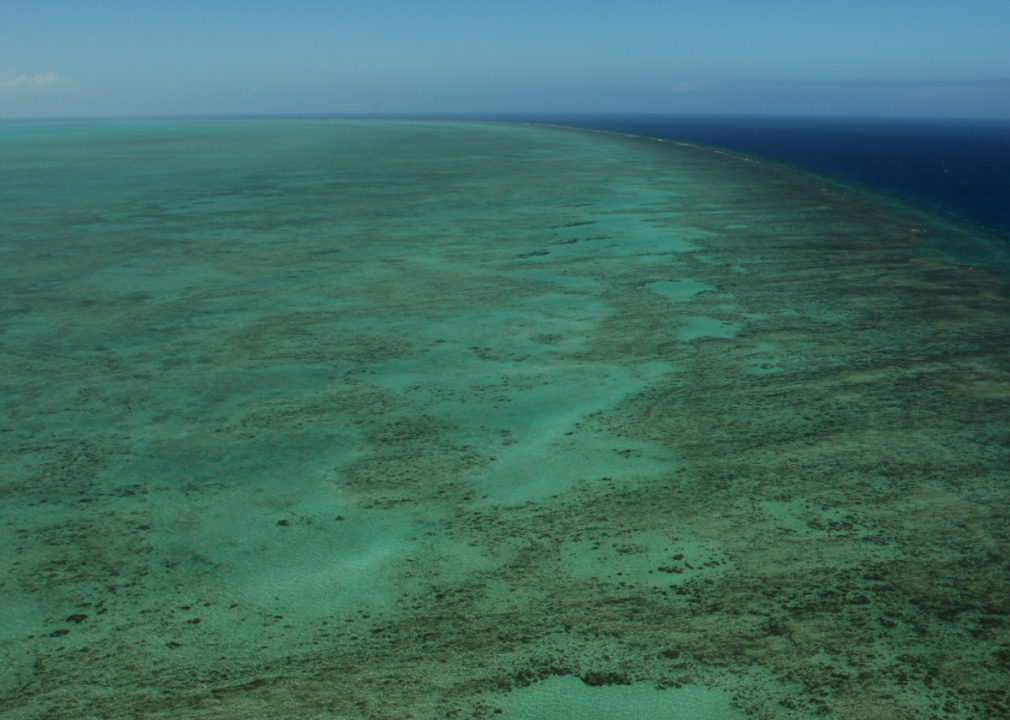
Phil Walter // Getty Images
The Great Barrier Reef, Australia
Few places on Earth have more quickly witnessed the effects of climate change than the Great Barrier Reef, which has suffered an 89% decrease in new coral, according to a report released April 2019 and published in the journal Nature.
The giant reef, which sits off the northern coast of Australia, attracts more than 2 million tourists every year and generates $4 to 5 billion in tourism revenue (about $5 to $6 billion in Australian dollars). The reef system, which includes almost 3,000 individual reefs stretched over 900 islands, is currently dying rapidly from climate-induced factors including heat stress and consecutive bleaching events.
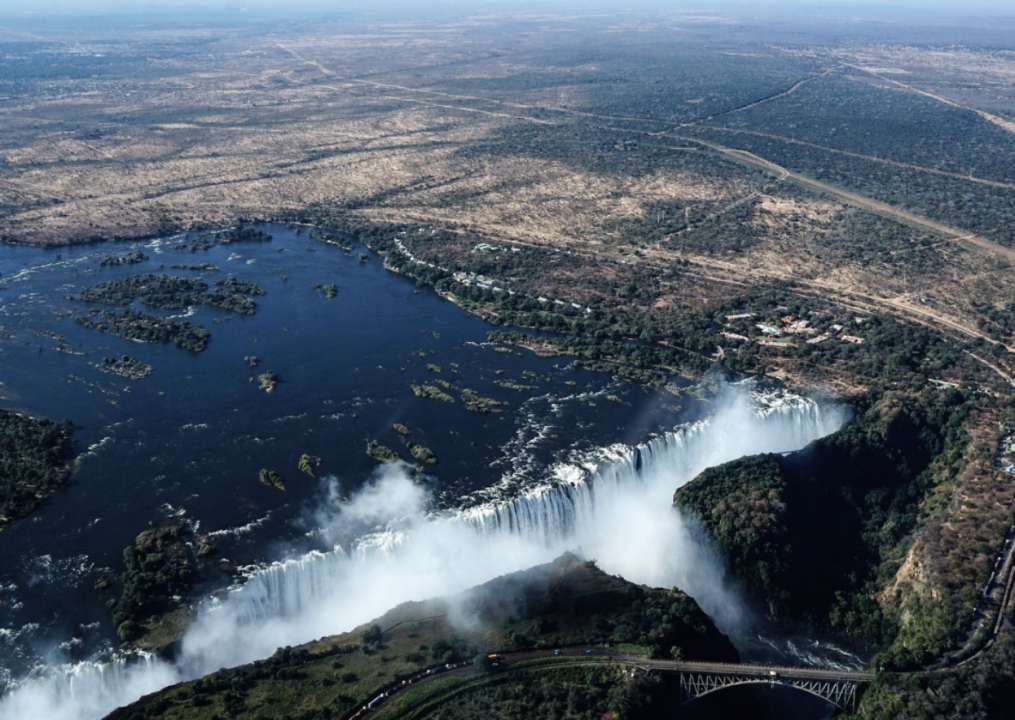
ZINYANGE AUNTONY/AFP // Getty Images
Victoria Falls, Zimbabwe
Situated in western Zimbabwe near Hwange National Park, the mighty Victoria Falls—considered the largest waterfall in the world—spans more than half a mile wide, sending torrents of water down its 300-foot cliffs.
The mist is so massive it sprays 1,300 feet in the air and can be seen from 49 kilometres away. Yet sadly for the tourist destination, the Global Climate Risk Index ranked Zimbabwe #2 in the world in 2018. The metric, which analyzes weather-related loss, serves as a vulnerability warning in “regions where extreme events will become more frequent or more severe due to climate change.” On top of extreme weather, serious droughts caused by climate change have caused the waterfall's flows to begin dropping, according to a United Nation climate change panel.
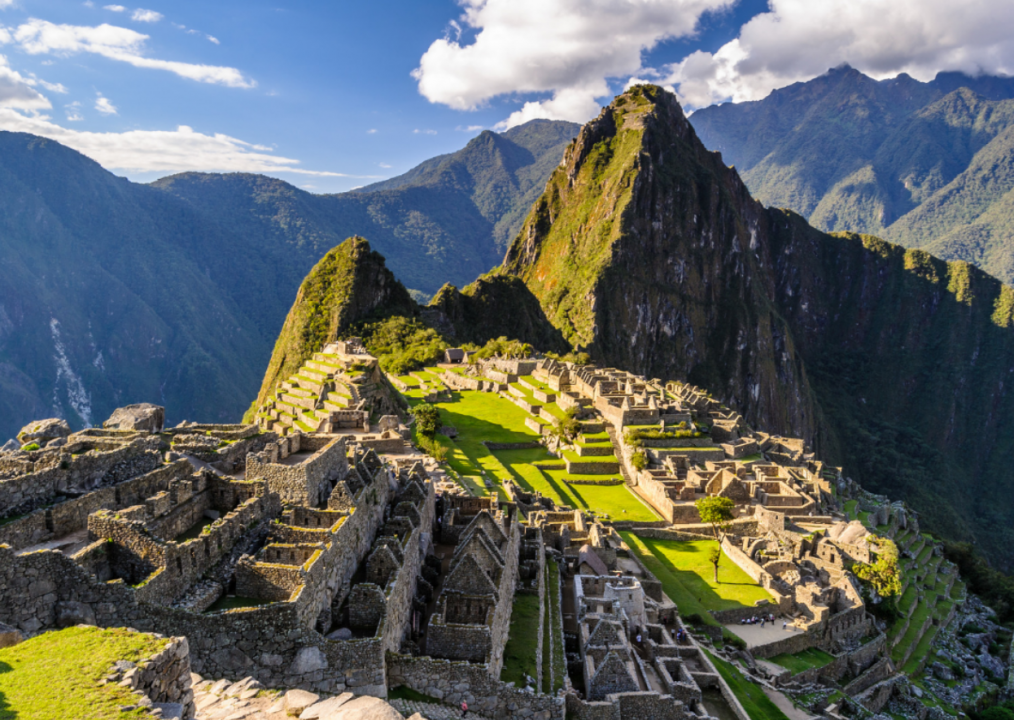
Anton_Ivanov // Shutterstock
Machu Picchu, Peru
Nestled in the Andes Mountains of Peru, Machu Picchu drew 1.5 million tourists to the famous Inca ruins in 2018. However, conservationists are worried that the site could be damaged if climate change continues to affect the weather. Historically fairly dry, the citadel has seen increasingly heavy rains that sparked Peru's protected areas advisor to express concern: “Machu Picchu normally gets about two metres of rain in the rainy season...imagine if this is doubled or tripled? Everything would get soaked and everything would get destroyed.” On top of that, the region is vulnerable to forest fires, floods, and landslides.
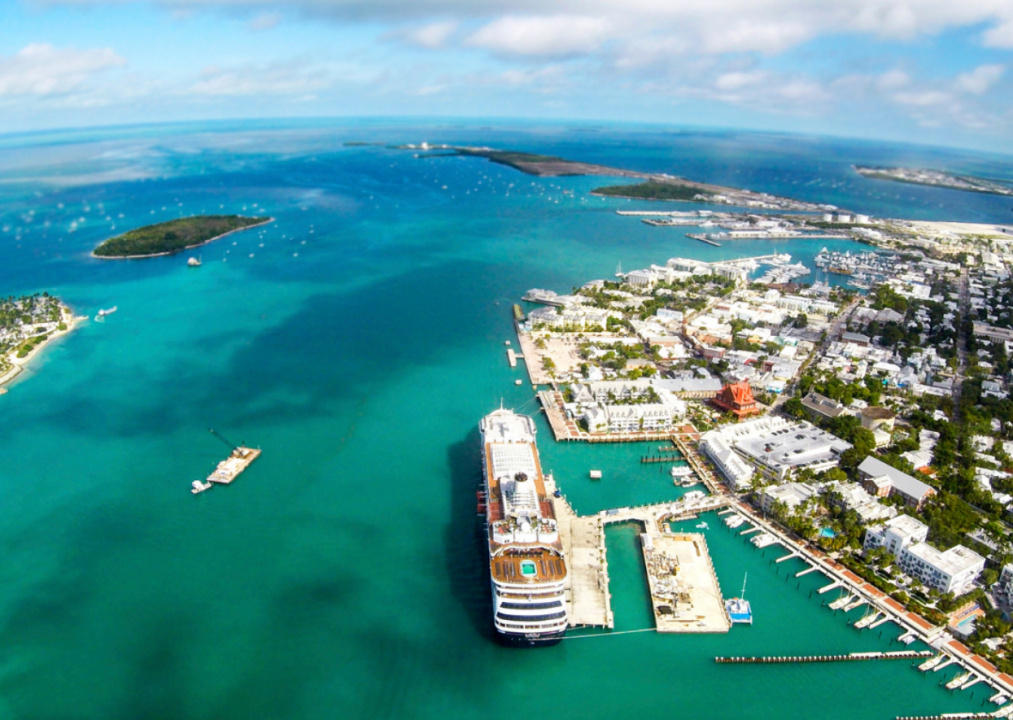
Stuart Monk // Shutterstock
Key West, Florida
Sunshine-drenched Key West, an island that sits off the tip of Florida's southern coast, is a popular cruise ship stop and tourist hotspot that boasts beautiful beaches and vibrant nightlife. The pastel-coloured city is within the Florida Keys, which in a 2017 op ed for The Guardian, author Joanna Guthrie referred to as "the canaries in the climate-change coal mine." Some observers question whether it's too late to save the island from rising sea levels. A study by the Nature Conservancy found that Big Pine Key will be underwater within decades, noting that even the most conservative scenario would mean “dramatic changes in habitat for plants and animals” by 2100.
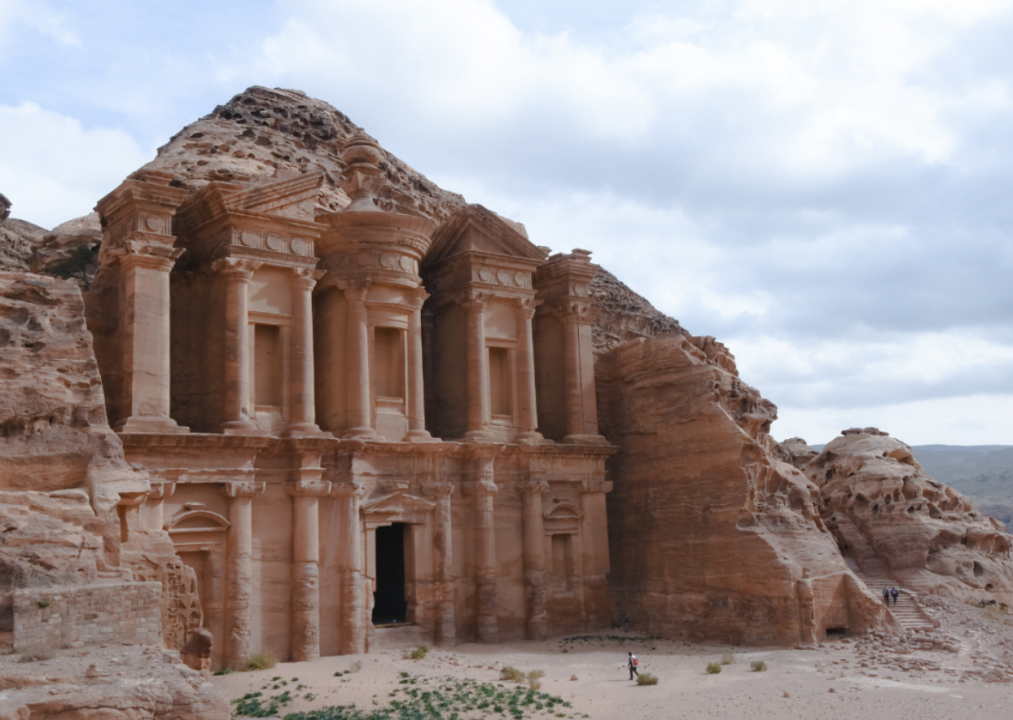
Emile Guillemot // Unsplash
Petra, Jordan
Petra, an ancient archaeological site in the Jordanian desert, is known as the “Rose City” due to its sweeping sandstone cliffs. Thought to have been the capital of the Nabataean Kingdom, it attracts visitors every year to its mysterious and beautiful temples. But unfortunately for the UNESCO World Heritage Site, it sits near the Dead Sea, a quickly evaporating body of water that's ranked as one of the most vulnerable places on earth when it comes to climate change. Last year, 12 people were killed and 3,500 tourists were evacuated amid flash flooding, and thousands of sinkholes have appeared over the last 15 years. “The salt lake has shrunk by almost a third in the last two decades, due to lower rainfall, higher temperatures leading to increased evaporation, and water being siphoned off from the River Jordan,” Douglas Broom wrote for the World Economic Forum.
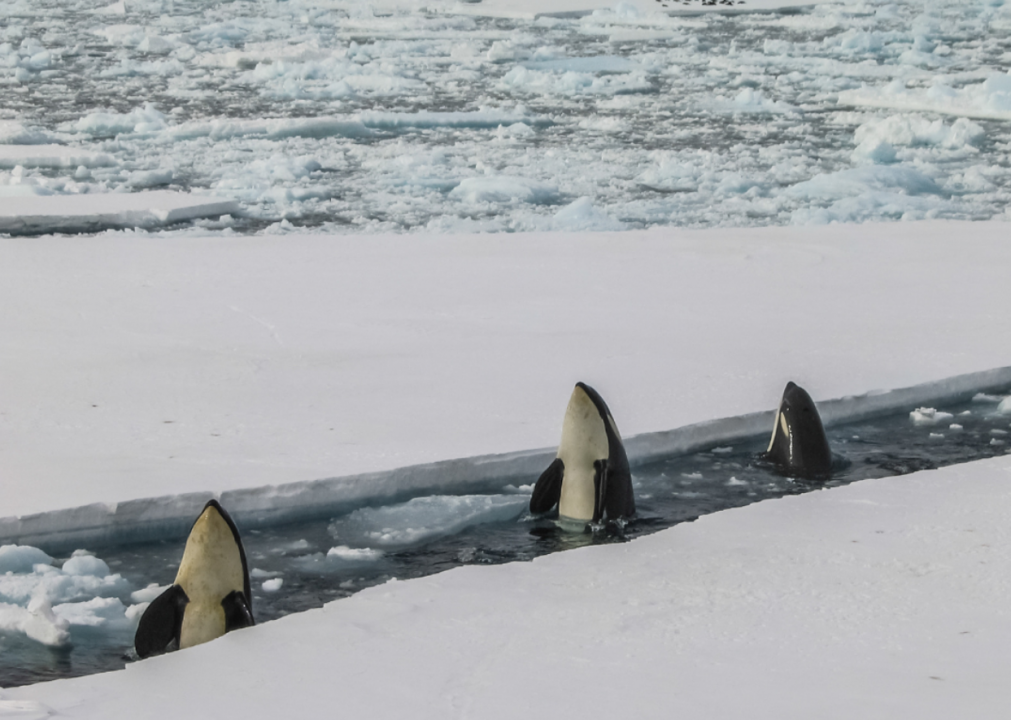
Bryan Goff // Unsplash
Antarctica
Antarctica is one of the tourist destinations where the impact of climate change is perhaps the most obvious. The air temperature on the southernmost continent has increased by 5.4 degrees Fahrenheit—five times the mean rate of global warming, according to the Intergovernmental Panel on Climate Change. Glaciers are retreating, ice shelves are collapsing, and krill numbers have plummeted. As the latter occurs, whale, leopard seal, and penguin populations are affected. For example, a 2018 study by the Convention for the Conservation of Antarctic Marine Living Resources found the penguin population may drop by one-third by 2100.
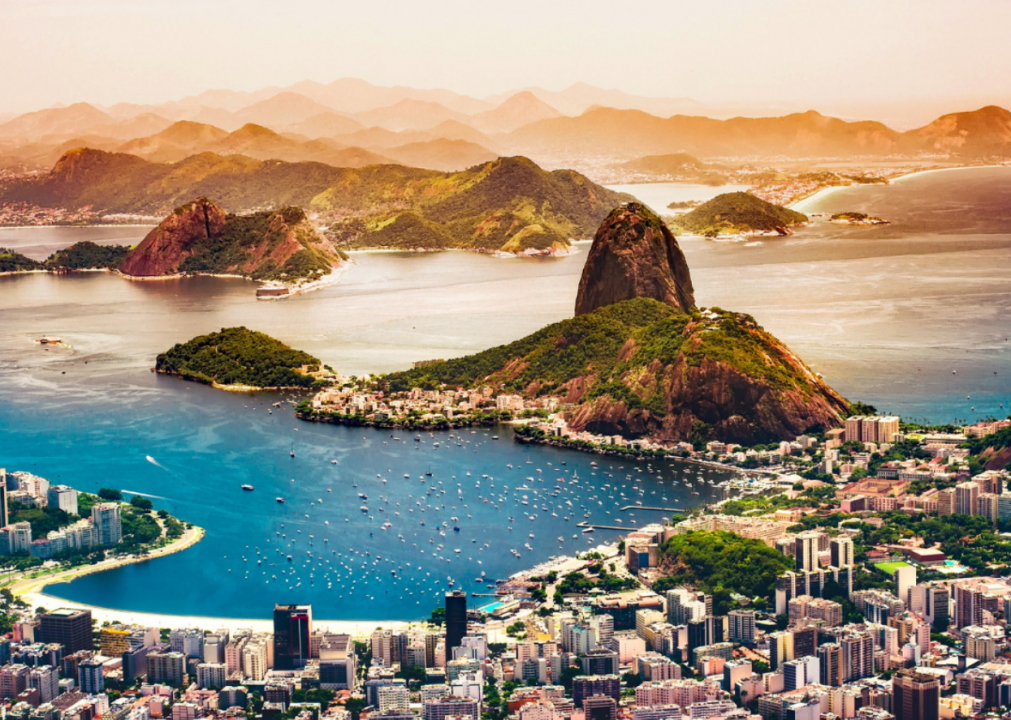
12019 // Wikimedia Commons
Rio de Janeiro, Brazil
Rio de Janeiro is a vibrant city in Brazil—the country's second largest metropolis—which brings large amounts of tourists to its stunning coastlines every year, not to mention to its spectacular Carnival festival. But the brightly coloured city might not be able to dazzle tourists much longer. It's currently predicted to be the city in South America most negatively affected by climate change. Temperatures have already seen dramatic increases and the sea level has been rising steadily, too.
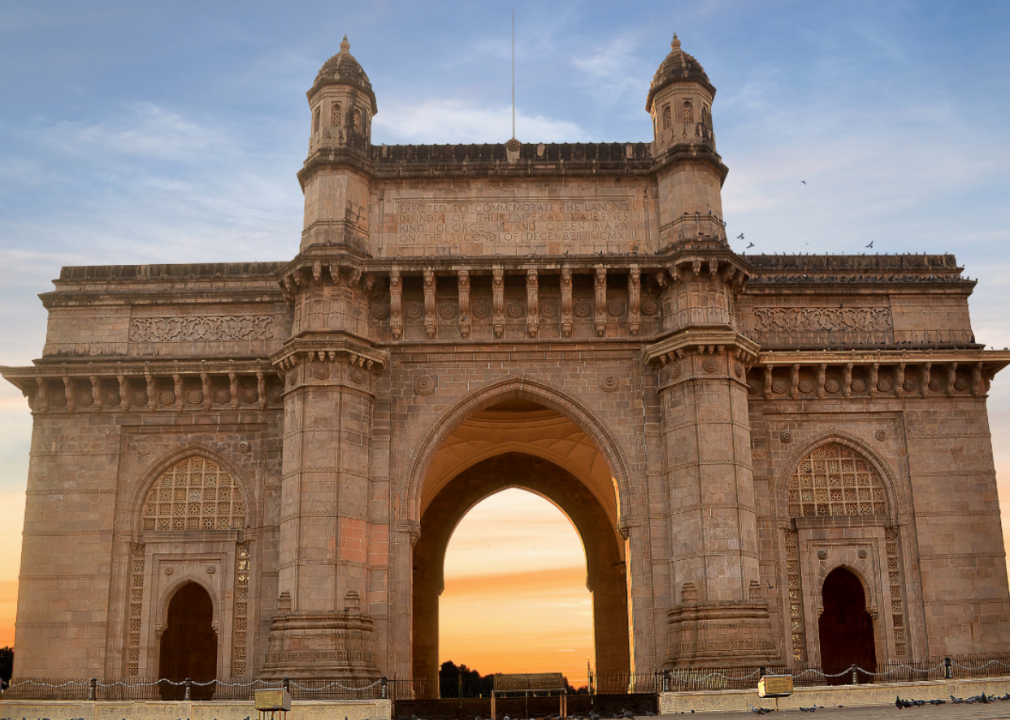
Anant Jadhav // Shutterstock
Mumbai, India
Home of the glamorous “Bollywood,” tourists come to Mumbai in droves every year to visit sites like the Mumbadevi Temple, Haji Ali, Gateway to India, and other famous attractions. Yet as climate change continues to increase global temperatures, the popular Indian city is expected to see droughts and water scarcity, heat waves, and floods, according to a 2018 report by the Intergovernmental Panel on Climate Change. Locals have already begun initiatives to increase disease surveillance, roll out farmland campaigns, add more tree cover, and plant green roofs in an effort to mitigate these hazardous effects.
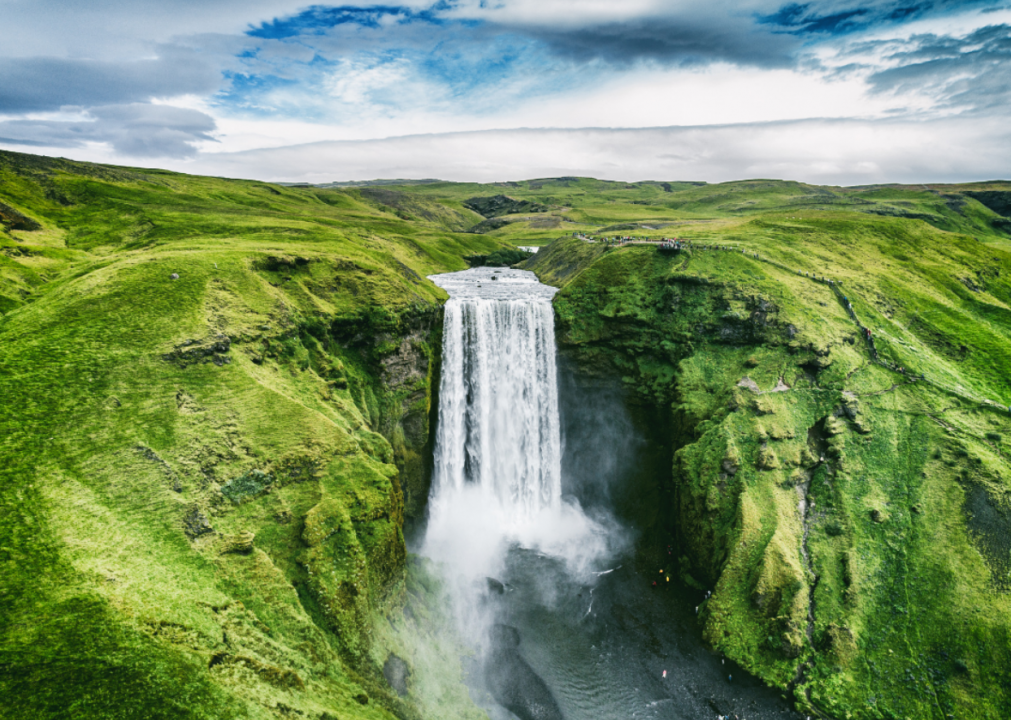
Maridov // Shutterstock
Iceland
Iceland is one of the most scenic places on Earth with towering fjords and cascading waterfalls—a nation that attracts legions of tourists to its pristine beauty. Unfortunately, the natural wonder is facing increasing threats as climate change melts its glaciers and shrinks its icecaps. In fact, the change is happening so rapidly that some local authorities have begun discussing what will happen when the northern ice cap fully melts, and whether it might become a trade route. “The common joke in Iceland is to say that on this cold and windy, rain-swept island, global warming is something we should cheer for—but it's no longer funny,” President Gudni Johannesson said last year, adding: “The fact that the ice cap in the north is melting is no source for joy.”
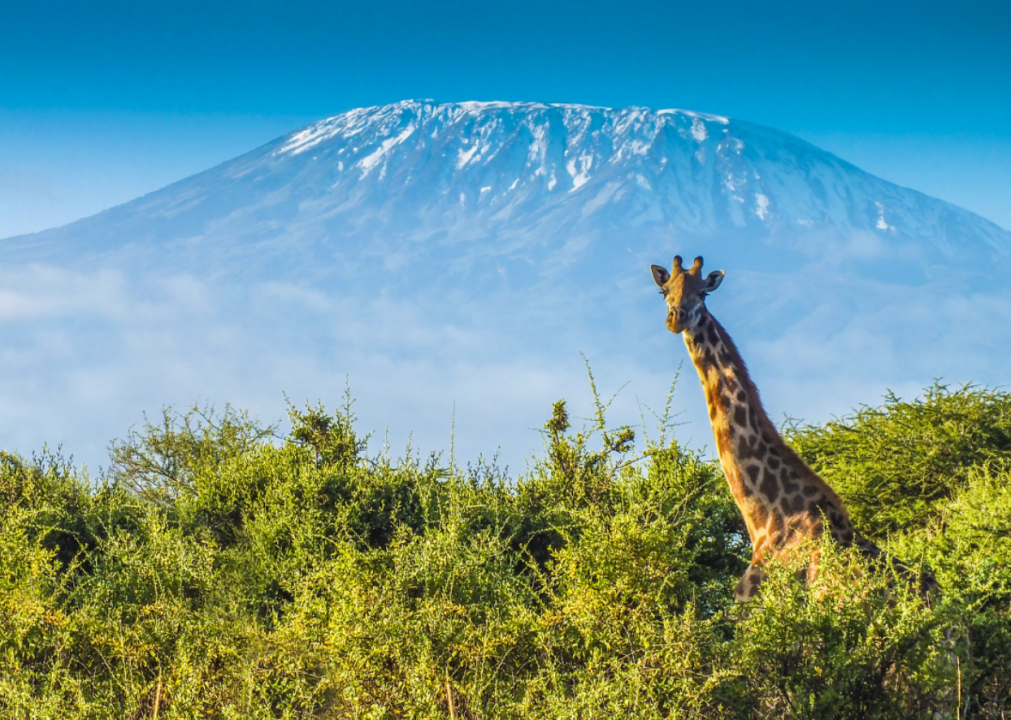
HordynskiPhotography // Shutterstock
Mt. Kilimanjaro
Hiking Tanzania's massive Mt. Kilimanjaro—called the “Root of Africa”—is one of the top tourist activities in the region. However, a 2009 study unveiled distressing information about the impact of climate change on the mountain ("Glacier loss on Kilimanjaro continues unabated"). Among other findings it concluded that 85% of the ice cover that was present in 1912 has since disappeared—and this was 13 years ago.
“If current climatological conditions are sustained, the ice fields atop Kilimanjaro and on its flanks will likely disappear within several decades,” the report warned. Since then, the mountain has been included on multiple lists of “last chance tourism.”
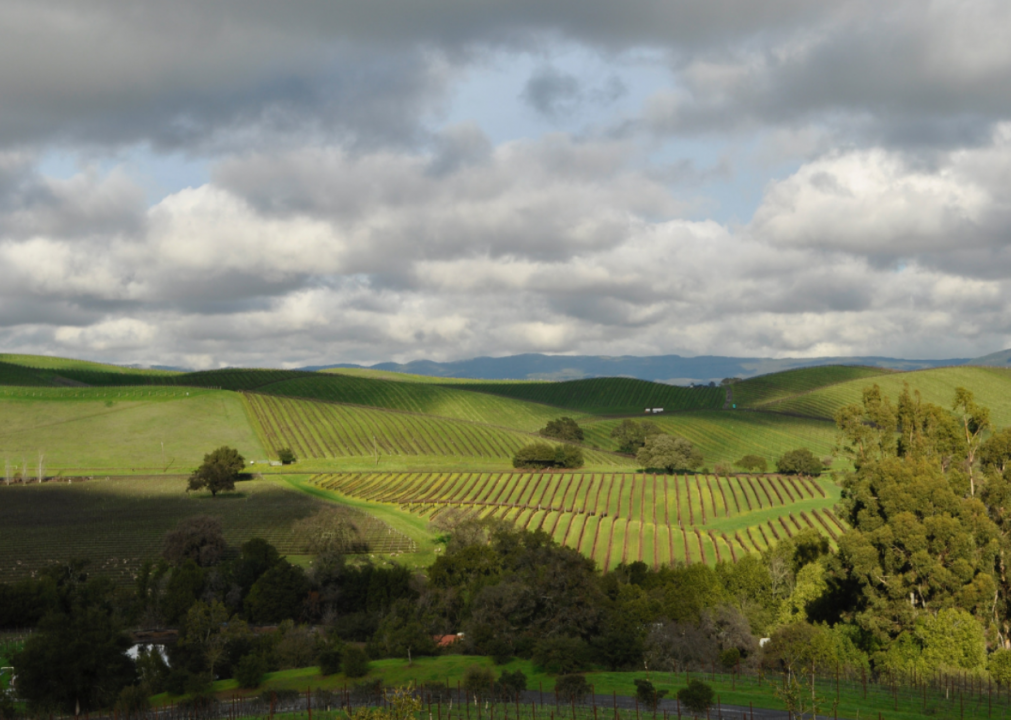
Gary Mills // Pexels
Napa Valley, California
With some of the best wine in the world and beautiful rolling coastlines just an hour away, Napa Valley, Calif., is a food and wine lover's paradise. That's why those who love the destination are concerned about the impact that climate change will have on the future of tourism in the area. On top of the eroding coastal region just 48 kilometres away, the grapes inland are ripening faster, prompting earlier harvests and less rich, full-bodied wines. As the temperature rises, the sugar, acid, and tannin content changes, meaning that the conditions that make the grapes world-class may soon disappear.
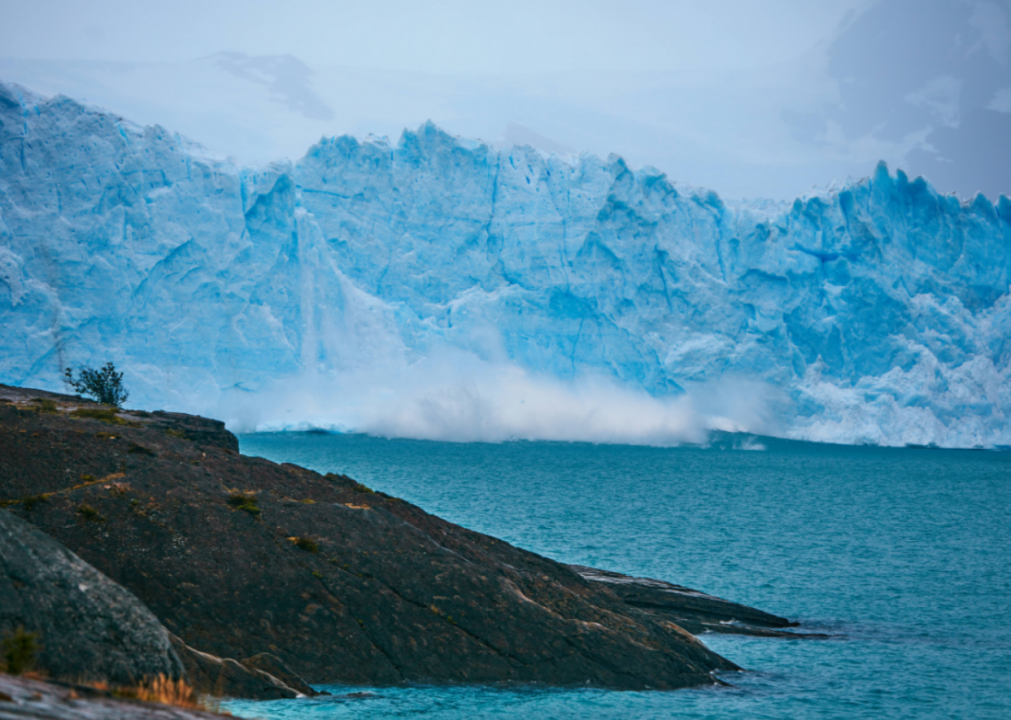
Wolf Schram // Unsplash
Patagonia
Few places in the world inspire as much awe as the soaring mountains of Patagonia. Yet tourists, who come for multi-day backpacking trips and other rugged adventures, may not be able to hike their peaks forever.
In 2018, NASA glaciologist Eric Rignot said the icefields—which comprise the largest body of ice outside Antarctica in the Southern Hemisphere—are experiencing some of the highest melting rates on the planet. As they melt, aside from suffering local impacts, they are contributing a large volume of meltwater to global rising sea levels.
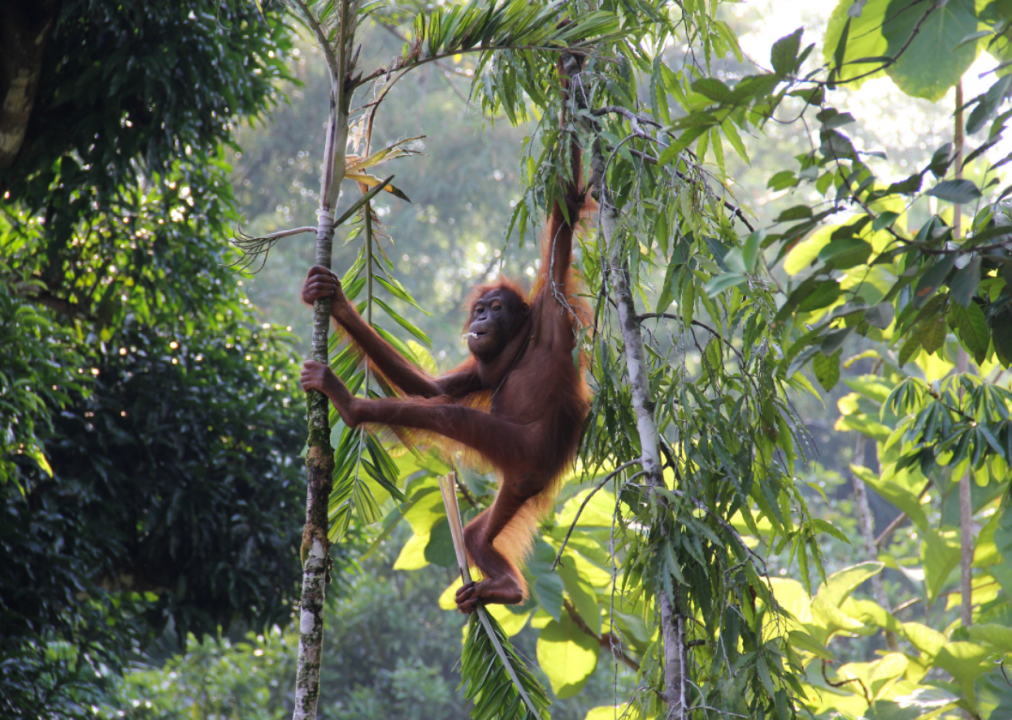
Fish Ho Hong Yun // Shutterstock
Borneo, Indonesia
Borneo is an island in southeast Asia that's brimming with lush tropical jungle which attracts wildlife tourists—particularly those interested in catching a glimpse of the elusive Bornean orangutan. With fewer than 800 left in the world (down 60% since 1950), the endangered primate has already been driven nearly to extinction by logging and deforestation. Climate change, it seems, may put the nail in the coffin.
In 2012, a WWF report titled “Assessing the Impact of Climate Change in Borneo” pointed to high risk of increased risk of floods and forest fires, both of which will further destroy habitat. Not only that, shifting air temperature makes it harder for the orangutans to access the tree fruit they need to eat and survive. The Bornean orangutan is not the only endangered species that call the island their home: The Borneo pygmy elephant is also on the endangered list.
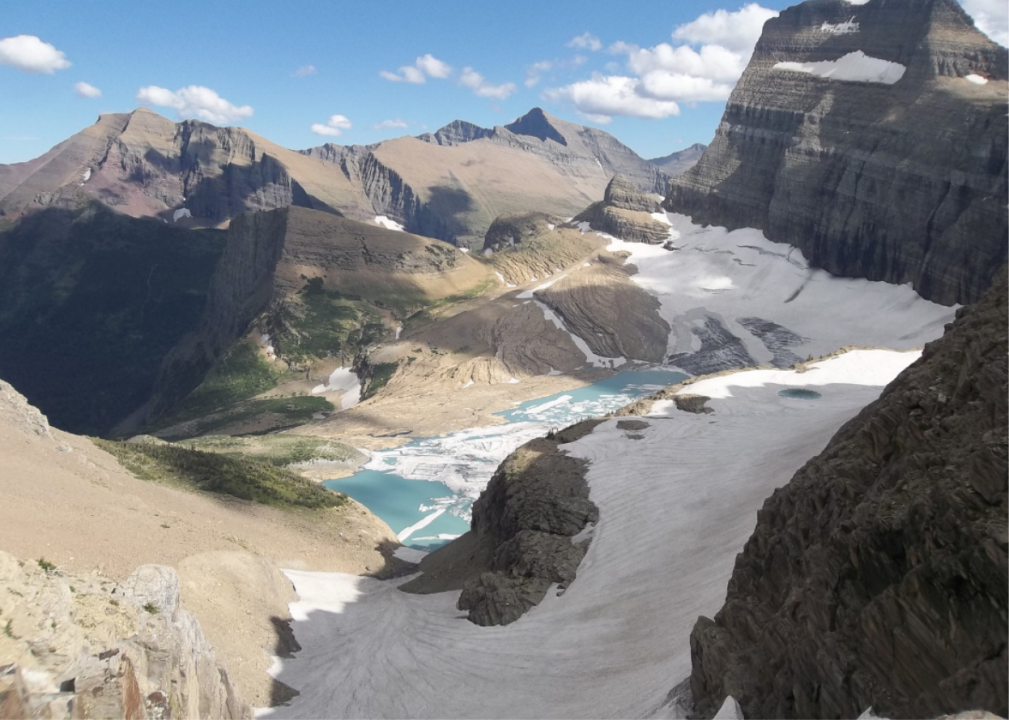
Mountain walrus // Wikimedia Commons
Glacier National Park, Montana
Glacier National Park in Montana is at risk of losing its star attractions as global warming melts the park's namesake features. In 2017, the park brought in more than 3.3 million tourists; however, it will be difficult to sustain that rate of traffic without its signature alpine glaciers, many of which have already disappeared.
A 2017 report by the United States Geological Survey found that the average glacier has shrunk 37% in the past 50 years, some by as much as 85%. Most alarmingly, only 26 glaciers as of 2017 measured above 0.1 square kilometres—the metric used to determine if a body of ice is a glacier. The National Park Service predicts that if current warming patterns continue, all the glaciers will be gone by 2030.
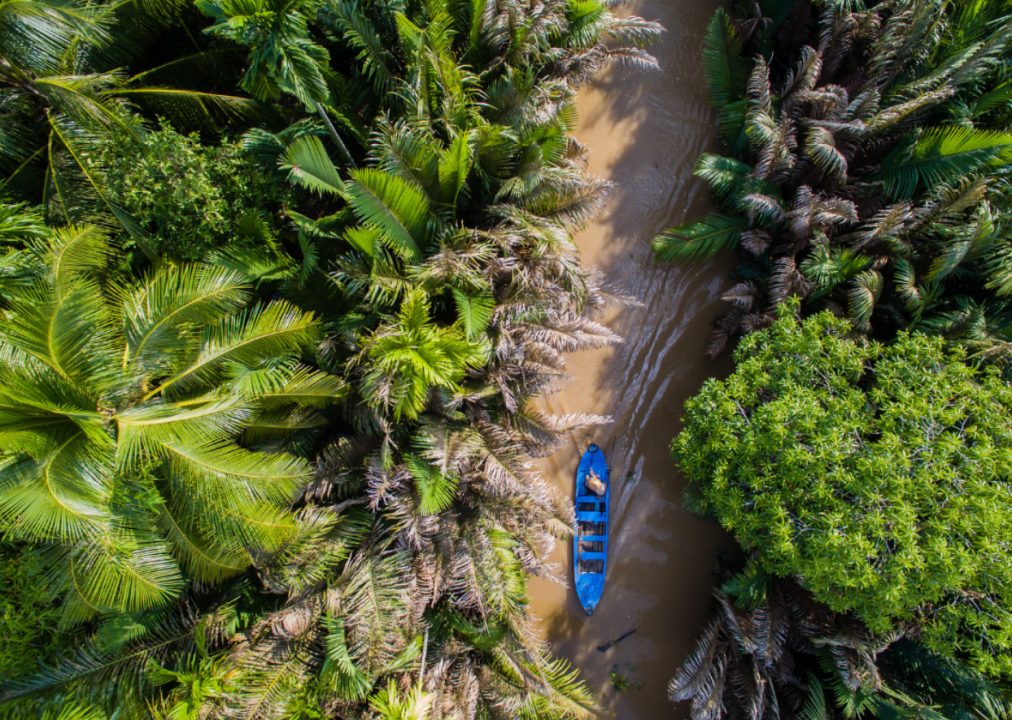
VN STOCK // Shutterstock
Mekong Delta, Vietnam
Southeast Asia is one of the most vulnerable places on earth to the effects of climate change. Its stunningly diverse Mekong Delta, which encompasses more than 38,849 square kilometres of southern Vietnam, is one of the key tourist attractions at risk.
The verdant waterway system, which the WWF has called a "biological treasure trove," produced more than 1,068 new species from 1997 to 2007, including a “rat believed to be extinct for 11 million years, a spider with a foot-long leg span, and a hot pink cyanide-producing ‘dragon millipede,'” per CNN. However, the region is forecast to experience major and devastating flooding as the sea level will rise more than 10 inches by 2050, according to the United Nations' projections.
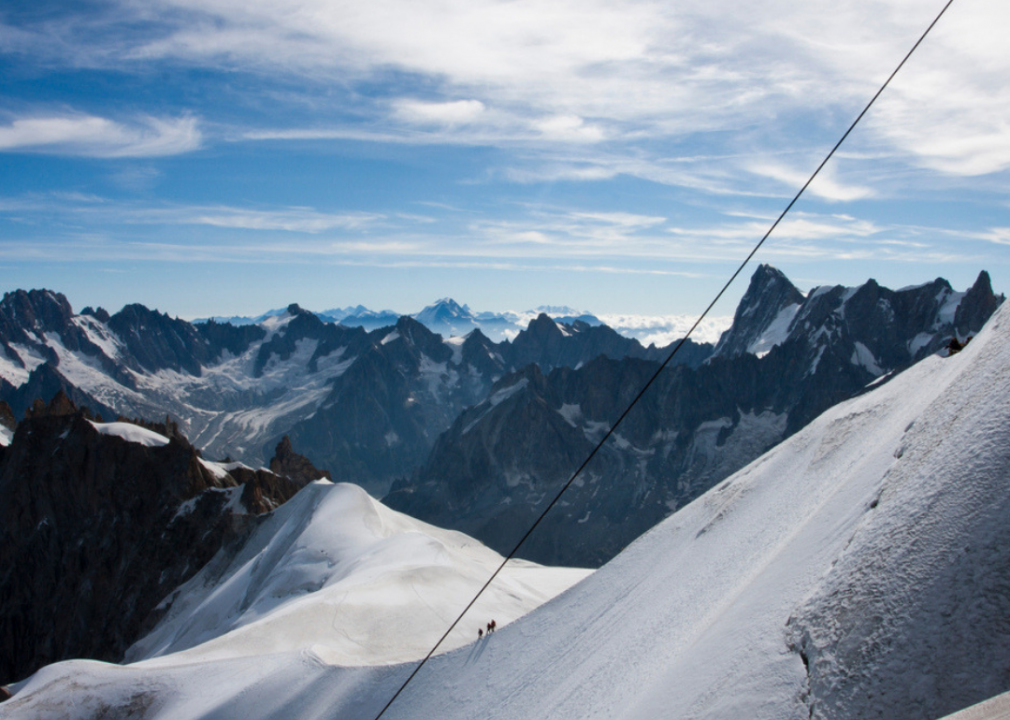
Piotr Kloska // Shutterstock
Chamonix, France
The French Alps allure visitors to its snow-capped peaks for skiing, snowshoeing, ice climbing, thermal pools, and even exotic igloo expeditions. But sadly these famous mountain peaks are in danger just like so many others on this list.
One of the main issues at the moment is that the permafrost which used to hold the rocks is evaporating, causing them to collapse and posing a danger to tourists. Many mountaineering routes have already been closed. Forecasters say that in a worst-case scenario, frost frequency could decrease by 30 to 35% by 2100, according to a study published by Scientific Reports on March 20, 2019.
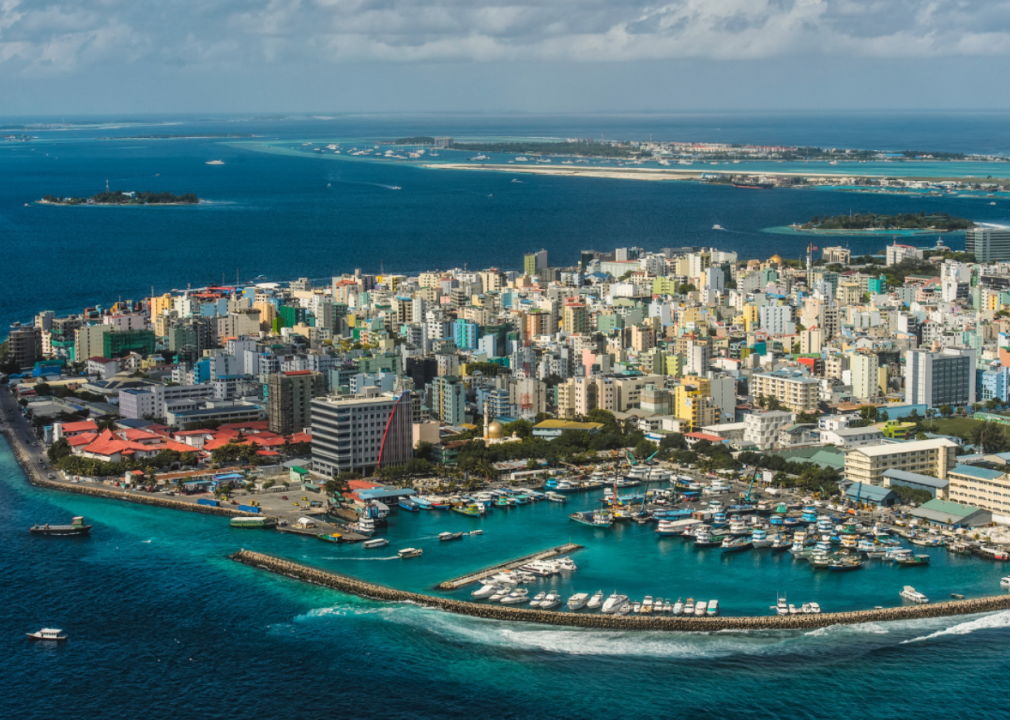
Chumash Maxim // Shutterstock
The Maldives
Set in the turquoise waters of the Arabian Sea, the Republic of the Maldives archipelago is one of the world's most popular tropical island destinations, catering to a higher end, luxury crowd.
However, the majority of the islands will be without potable groundwater by 2100, if not sooner, according to authors of a April 2018 report published in the journal Science Advances.
The change will be the result of wave-driven flooding from rising sea levels that will render the atolls uninhabitable, forcing residents to relocate. Speaking at a 2018 UN climate conference, former president of the Maldives, Mohamed Nasheed, said his nation would do everything in its power to prevent it and “keep our heads above water. We are not prepared to die,” he said. “We are not going to become the first victims of the climate crisis.”
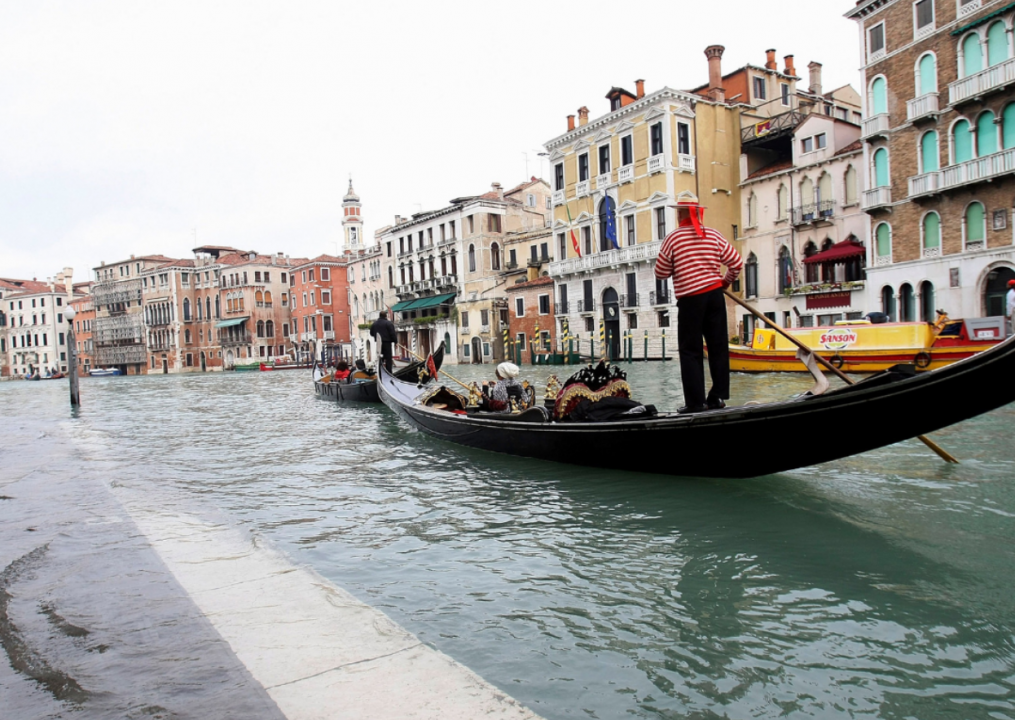
Franco Debernardi // Getty Images
Venice, Italy
It's hard to think of Venice without picturing the classic Italian gondola operator, rowing his boat and singing “O Sole Mio.” But there won't be anywhere for him or others like him to paddle if the canals keep flooding and the walls continue to dissolve. Experts have warned for more than a decade that as climate change causes sea levels to rise, flooding in Venice will become more intense, and stronger winds will only compound the problem.

Claude Piché // Unsplash
Belize
Belize is a blue and sunny tropical nation on the Caribbean Sea, situated just below Mexico. It tempts tourists to its shores with world-class snorkelling, scuba diving, sailing, sea kayaking, and other beach-going activities. In 2018, the International Monetary Fund, in its Climate Change Policy Assessment, called the Central American nation “exceptionally vulnerable.”
“It already faces hurricanes, flooding, sea level rise, coastal erosion, coral bleaching, and droughts, with impacts likely to intensify given expected increases in weather volatility and sea temperature,” the report said. The authors called for resilience-building and environmental reforms to help mitigate the growing problem.

DisobeyArt // Shutterstock
Aspen, Colorado
In the wintertime, Aspen, Colo., is one of North America's premiere skiing destinations and in the summer it draws outdoorsy tourists to the mountain town for hiking, mountain biking, fishing, whitewater rafting, and even yoga retreats.
However, local officials have already begun planning for the growing effects of climate change. In 2004, the Aspen City Council was an early adopter of climate change policy, creating campaigns like “The Canary Initiative” to mitigate the impact and spread awareness to neighboring communities. Still, in the past 30 years the average temperature in Colorado has risen by 2 degrees Fahrenheit, and the region has experienced droughts, wildfires, and shifting snowpacks due to climate change.
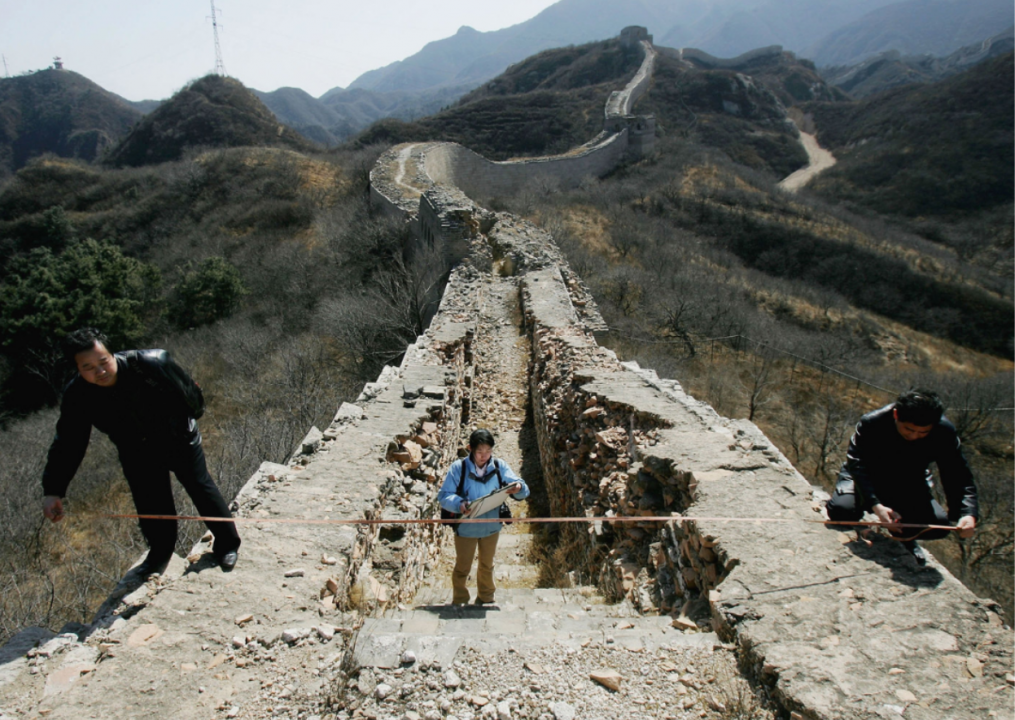
China Photos // Getty Images
Great Wall Of China
Although it's a myth that you can see the Great Wall of China from outer space, it is nevertheless one of the world's great wonders, visited by more than 10 million people a year. Yet nearly a third of the structure has already disappeared—and though natural erosion, brick stealing, and other factors have played a role, climate change has been a contributing factor.
As Brook Larmer writes for The Smithsonian: “With the added pressures of global warming, overgrazing and unwise agricultural policies, China's northern desert is expanding at an alarming rate, devouring approximately one million acres of grassland annually. The Great Wall stands in its path.” He also points to strong winds and flash flooding as additional threats.
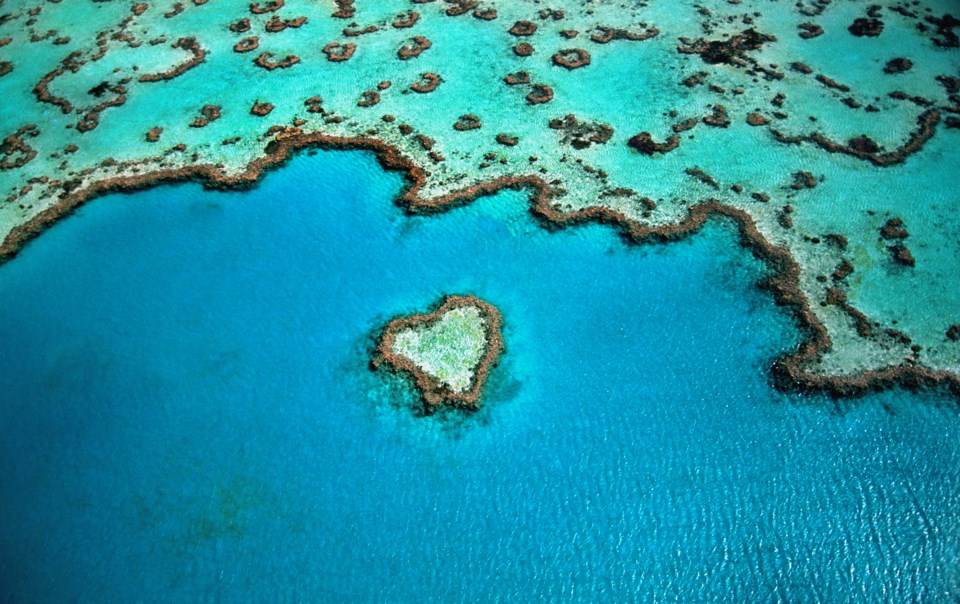




-05-18_at_35540_pm.jpg;w=120;h=80;mode=crop)
